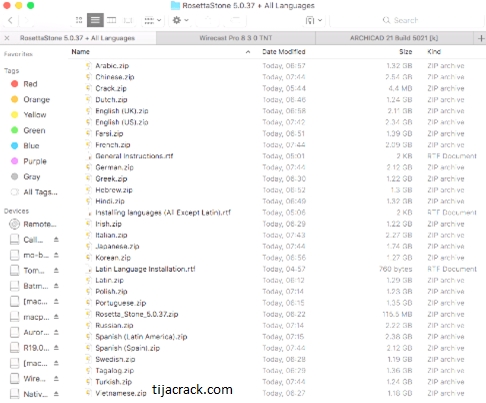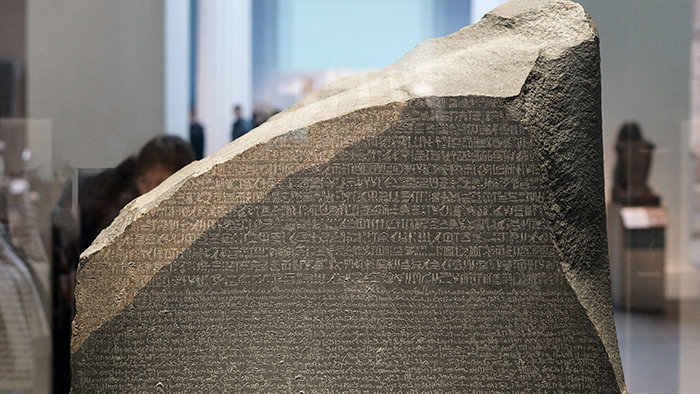

The officer in charge, Pierre-François Bouchard (1771–1822), realised the importance of the discovery. It had apparently been built into a very old wall. They discovered the Rosetta Stone on 15 July 1799 while digging the foundations of an addition to a fort near the town of Rashid ( Rosetta) in the Nile Delta. Although accounts of the S tone’s discovery in July 1799 are now rather vague, the story most generally accepted is that it was found by accident by soldiers in Napoleon’s army. Napoleon Bonaparte campaigned in Egypt from 1798 to 1801, with the intention of dominating the East Mediterranean and threatening the British hold on India. Because the inscriptions say the same thing in three different scripts, and scholars could still read Ancient Greek, the Rosetta Stone became a valuable key to deciphering the hieroglyphs.
Rosetta stone cracked greek how to#
When it was discovered, nobody knew how to read ancient Egyptian hieroglyphs. The importance of this to Egyptology is immense. It features 14 lines of hieroglyphic script: The Rosetta Stone was found broken and incomplete. The important thing for us is that the decree is inscribed three times, in hieroglyphs (suitable for a priestly decree), Demotic (the native Egyptian script used for daily purposes, meaning ‘language of the people’), and Ancient Greek (the language of the administration – the rulers of Egypt at this point were Greco-Macedonian after Alexander the Great’s conquest). The Rosetta Stone is one of these copies, so not particularly important in its own right. It says that the priests of a temple in Memphis (in Egypt) supported the king. The decree was copied on to large stone slabs called stelae, which were put in every temple in Egypt. The writing on the Stone is an official message, called a decree, about the king ( Ptolemy V, r.

It was an important clue that helped experts learn to read Egyptian hieroglyphs (a writing system that used pictures as signs).

It has a message carved into it, written in three types of writing (called scripts). The Stone is a broken part of a bigger stone slab. The Rosetta Stone is one of the most famous objects in the British Museum. It's one of the most famous objects in the British Museum, but what actually is it? Take a closer look. You've probably heard of the Rosetta Stone. Everything you ever wanted to know about the Rosetta Stone


 0 kommentar(er)
0 kommentar(er)
